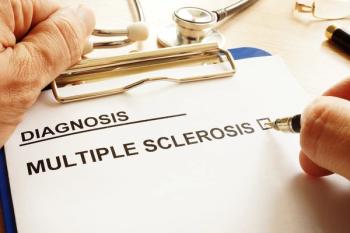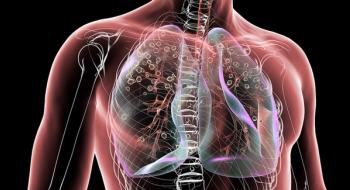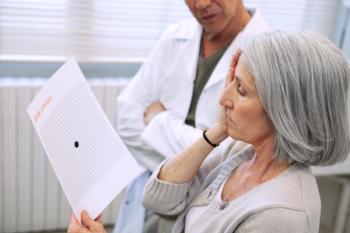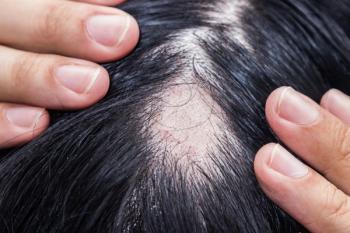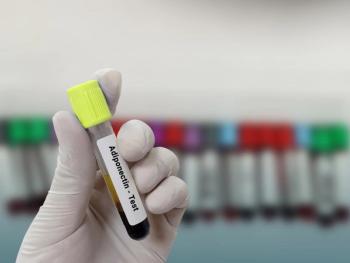
Pause of J&J Vaccine to Continue; ACIP to Reconvene After More Data Collected
The CDC's Advisory Committee on Immunization Practices (ACIP) declined to change the current recommendation to pause administration of Johnson & Johnson's COVID-19 vaccine.
The CDC’s Advisory Committee on Immunization Practices (ACIP) Wednesday declined to change the current pause on distribution of Johnson & Johnson’s (J&J) COVID-19 vaccine in the United States.
Members cited the need for more complete evidence to justify voting on the measure, while some cited concerns a continued indefinite pause would be detrimental to ensuring the country's equitable vaccine rollout.
"By having more robust information, I think we can be more confident about how we talk about the safety of this vaccine,”
The announcement comes a day after the FDA and CDC
The pause was issued so health care providers could become aware of the problem and plan for appropriate management of the rare type of clot. Although blood clots are usually treated with the anticoagulant heparin, use of this therapy in patients with cerebral venous sinus thrombosis (CVST), the type of clot at issue, may be dangerous.
Reports of CVST in combination with thrombocytopenia (low platelets) prompted experts to stop the vaccinations to investigate safety issues. Thus far, 7.2 million doses of the J&J vaccine have been administered in the United States.
New medical
Data presented at the meeting indicate cases of CVST following the J&J vaccine appear to exceed expected rates of CVST among women aged 20-50. CVST is a rare condition that affects between 0.22 and 1.57 per 100,000, accounting for roughly 0.5% to 1% of all strokes and usually occurs among females and patients under the age of 65.
Nearly all patients reported headaches as initial features of CVST. Other initial symptoms—which occurred a median of 8 days after inoculation (range 6-13)—included lethargy, vomiting, chills, fever, back pain and bruising, among others.
All patients were hospitalized and admitted to an intensive care unit (ICU). Late onset features included severe headache, abdominal pain, and left-side weakness among others. Three patients remain hospitalized, 2 remain in ICUs, while 2 patients have been discharged home.
Two individuals with CVST also had clots in their
This isn’t the first setback J&J has faced. A batch of
In addition, the European Union is reviewing the J&J vaccine related to the blood clot issue. The European Medicines Agency’s (EMA) safety committee was already looking at how AstraZeneca’s COVID-19 vaccine is associated with rare cases of blood clots.
Newsletter
Stay ahead of policy, cost, and value—subscribe to AJMC for expert insights at the intersection of clinical care and health economics.

